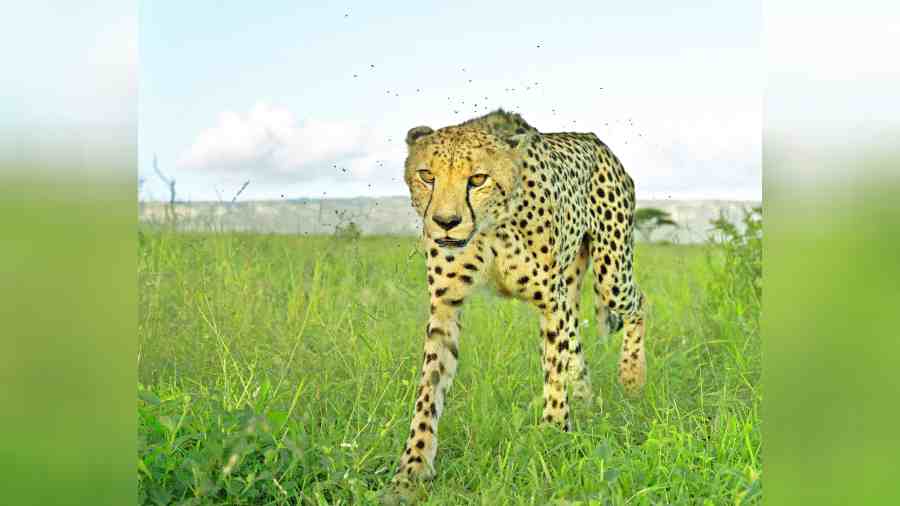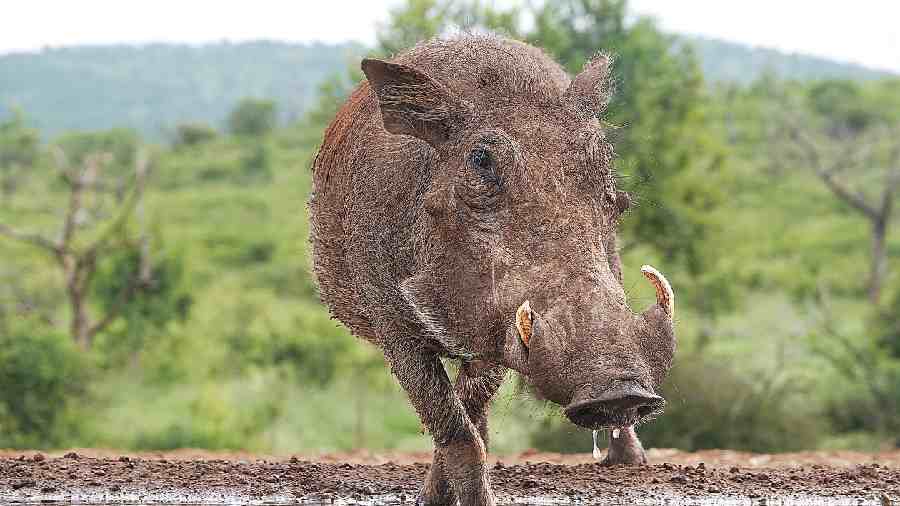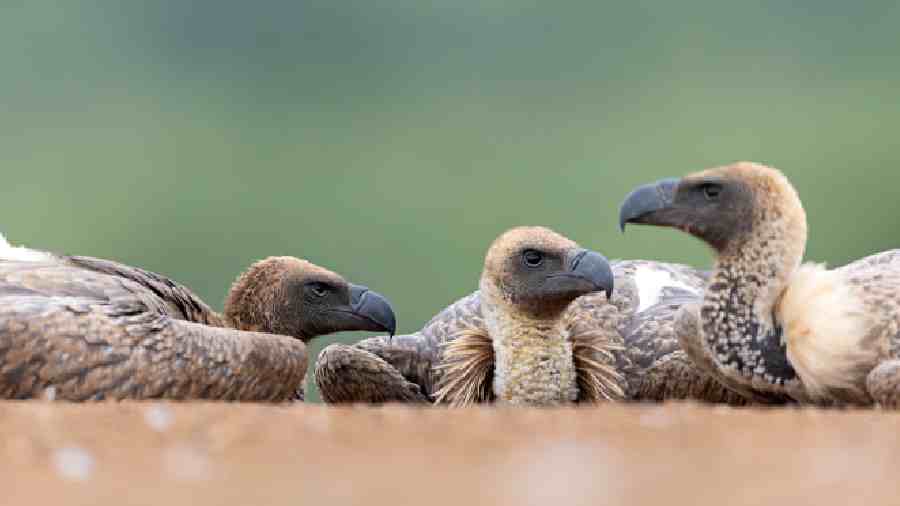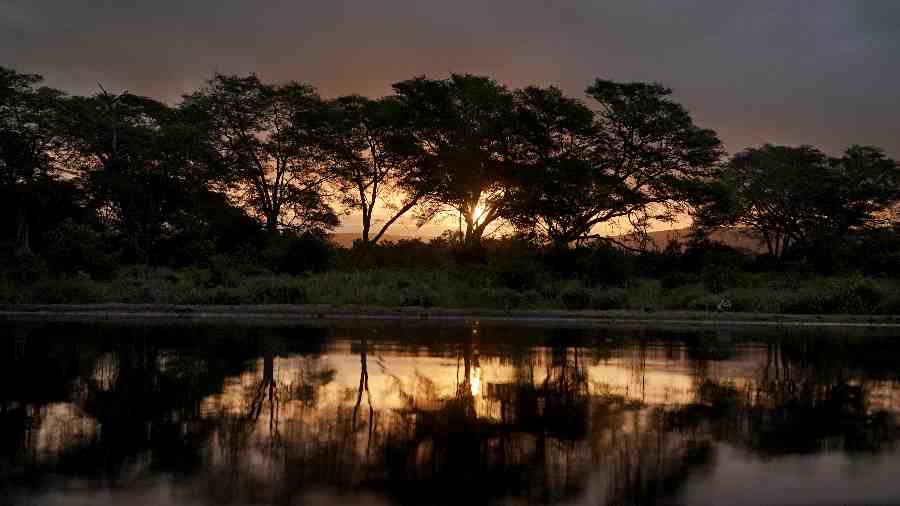Do you ever get tired of exploring wild expanses and photographing them? Ask a couple of wildlife enthusiasts and photographers and you are likely to hear a resounding “No”. But having wandered far and wide, across continents in our beat-up shoes, taking innumerable photographs of visually stunning animals and landscapes along the way, we were a little unsure of what Zimanga, a private game reserve in South Africa, could offer beyond what we had already seen and felt. What we uncovered was an experience of a lifetime.
Visiting a private game reserve
We flew out to Dubai and thereon to Durban. Durban, a coastal city located on the eastern coast of South Africa, is known mostly for its African, Indian and colonial influences. An overnight stay at one of the beach resorts in Durban, as the anticipation was palpable and early next morning we got into our vehicle that would take us to Zimanga, a four-hour drive along the coastal side of the country. We had visited Africa several times in the past and knew about the old, weathered, and beautiful continent and its wild treasures. We wanted this to be different, for it was our first visit to a private game reserve.
First, it is a private game reserve. Unlike in many countries, including India, South Africa has provisions for an individual (or group) to acquire property within game reserves with the stipulation that the ecological balance would be maintained according to stringent SOPs crafted by the wildlife board of the country. It is documented and legalised. This area, in turn, is developed into a privately owned and managed wildlife area.
Second, being private, it is accessible only to guests living on that property and is hardly ever crowded. At the same time, it allows you access to watch, photograph, and film the wild flora and fauna in their natural environment and, at times, on foot.
Zimanga Private Game Reserve was born when the Senekal family acquired the area in 1999. Earlier it was utilised for cattle farming and hunting, but after the acquisition, the owners started taking an avid interest in conservation. When the land was bought, wild animals there had all but disappeared due to years of poaching and onslaughts.
Today, with massive fencing and other security protocols, there has been a reintroduction of a cross-section of wild animals for a thriving, growing ecosystem in Zimanga. One can easily spot the African Big Five — lion, rhino, elephant, leopard and the African buffalo. Other than these, cheetah, zebra, giraffe, impala, kudu, warthog, hippo and wildebeest, along with a huge species of birds, are spotted in the game drives. You can feel the presence of black-backed jackals that indulge in their routine territorial yapping as well as the shorter dual-note howl of the side-striped jackal that is rarer. Spotted hyenas roam the place at night occasionally, marked by their distinctive whooping and laughing calls.

Cheetah on the prowl. Picture: Ketan Sengupta
Where animals roam free
Forgive the exaggeration, but we were reborn in the lap of untamed nature. Right before our eyes was the perfect African wild landscape with rolling grasslands, forests teeming with wildlife, waterbodies where lifeforms lived free, and mountains that have stood since the beginning of time and age. With its beautifully diverse landscapes, Zimanga is a nature lover and photographer’s paradise.
At Zimanga, we had the privilege of having specialist rangers accompanying us on safaris. They have been studying animal behaviour in close proximity to wild animals. On a walking safari, we met a family of three cheetahs — the mother with her two male cubs. There they were, quite oblivious in their own world, as any group of stray dogs you would see in the city.
“You must be quiet. Do not try to photograph them as that makes them suspicious and prone to attack. Just stay still and observe,” the ranger told us. This was what we experienced for the first time. We have had enough opportunities in the past to film wildlife in close proximity but it was always from a safari vehicle but this time it was a different kind of thrill. Initially, my friend and I were a bit reluctant but as the ranger started guiding us and we followed the instructions, we got used to the ecosystem.
However, we had to sign a bond when we checked in and it was clearly mentioned: “The activities we are participating are dangerous and can result in personal injury, including fatal injury to ourselves.” On another safari, an elephant brushed past our vehicle, close enough to tap our heads with its imposing trunk.

A moonlit rendezvous. African buffaloes photographed from the ‘hide’. Picture: Ketan Sengupta

Warthog. Shiladitya Chaudhury

A mother rhino with her calf. Picture: Shiladitya Chaudhury

‘Three Musketeers’ photographed from a Zimanga hide. Picture: Ketan Sengupta

A pair of African hornbills. Picture: Shiladitya Chaudhury
‘Hide’ photography
An interesting pun on the word, hide photography is actively promoted in Zimanaga. Charl Jr., an avid photographer himself, and the private game reserve welcome photographers of all levels. There are four photographic hides in Zimanga where you can get really close to wild animals at different times of the day and night without disturbing them because you are hidden… in an enclosure. It is a marvellous way to snap the perfect photo. The smaller ones are great for bird photography while the larger lagoon hide is ideal for crocodiles and water birds through summer. There are two overnight hides and being in them is an experience of a lifetime. Designed for large mammal photography, these offer unparalleled views of wild animals. Imagine being hidden in a bunker and enjoying a landscape in which you are merely a visitor. As we entered the hide, almost crawling for about 50m, it reminded us of Army outfits… the way they camouflage themselves on battlefields.
The rangers used to drop us post noon at the overnight hides and would only come back in the morning to pick us up. Well stocked with cold cuts and a range of cheese and drinks, the hide sessions were super exciting and it is surely a dream for any photographer to spend nights at these overnight hides.
Delectable delights
We can’t quite end this account without a mention of the diverse and unique cuisine at Zimanga. Close to the coastal line, Zimanga provides an array of seafood — from mussels to squids and prawns. We had a hearty fill of salmon and T-bone steaks and sausages, scrambled ostrich eggs, loaves, and puddings. With distinctive names as Boerewors, Biltong, Koeksisters and Bunny Chow, the food is so wholesome that sometimes we just had breakfast, skipped lunch and went straight to dinner.
